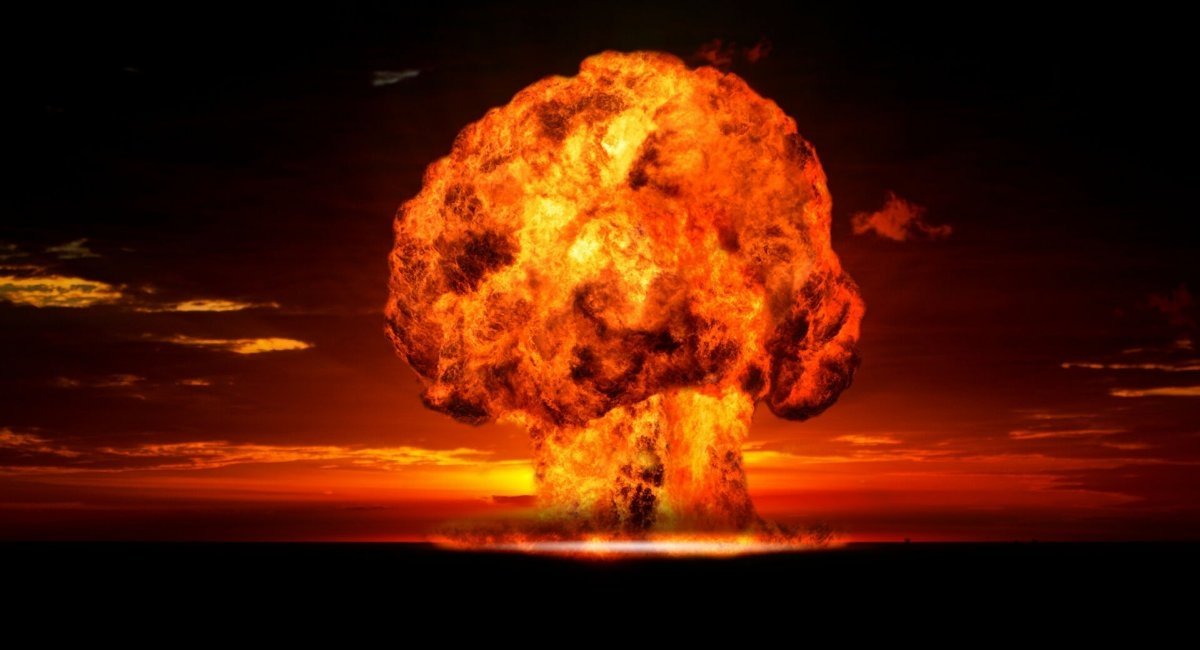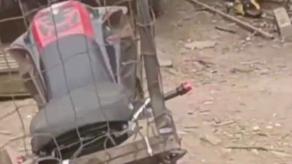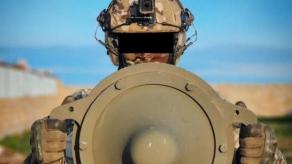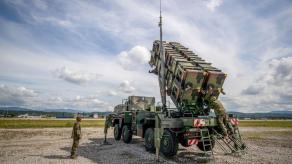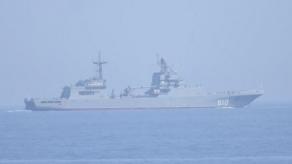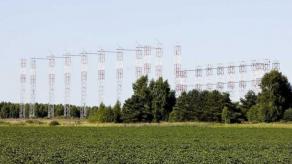Stockholm International Peace Research Institute (SIPRI) estimates the arsenal of russian nuclear weapons at 1,912 units. This entire arsenal belongs to the army, air force and navy.
Russias Navy has at its disposal 935 nuclear charges, which can be used by 3k55 Bastion coastal missile systems (old Soviet 3m55 Oniks anti-ship missiles, also known as Yakhont when exported, with a firing range of up to 300 km; 25 nuclear warheads available) and sea carriers of such missiles.
Read more: A Rare russia’s AMN-590951 Armored Vehicle Became A Trophy Of The Armed Forces of Ukraine
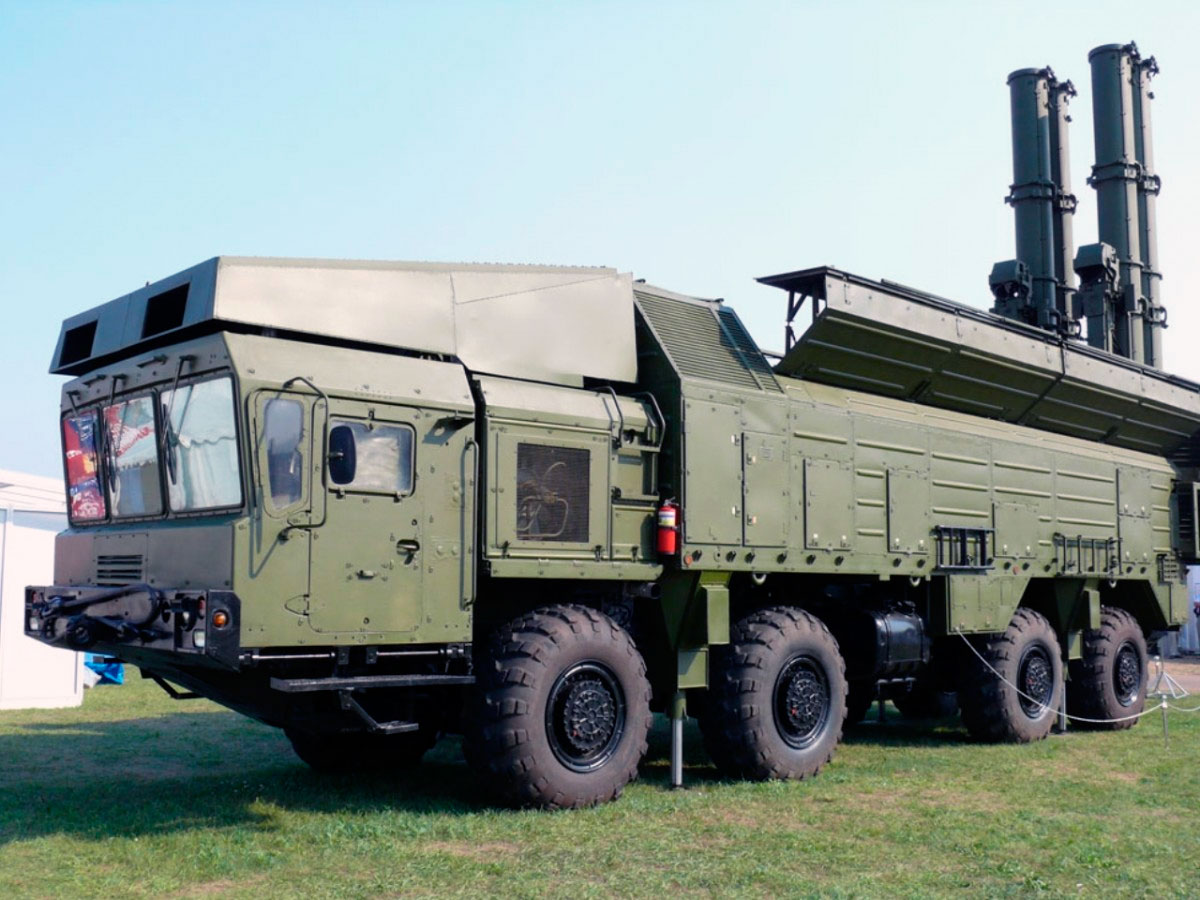
These missiles were used to attack on land targets in Ukraine. This number includes torpedoes with nuclear warheads, although there is information about the decommissioning of 650-mm torpedoes with nuclear warheads in the 2000s. This part of the russian nuclear arsenal is highly unlikely to be used against Ukraine due to its specificity.
The ground forces once had significant reserves of 152mm, 203mm, 240mm artillery ammunition, but due to their technical condition and changes in the theory of military affairs, they were decommissioned and disposed.
But the ground forces still have the Iskander. According to various estimates, russia has 70 nuclear warheads for the 9m723 missile (also known as the Iskander-M quasi-ballistic missile), 20 for the 9m728 missile (also known as the Iskander-K cruise missile).
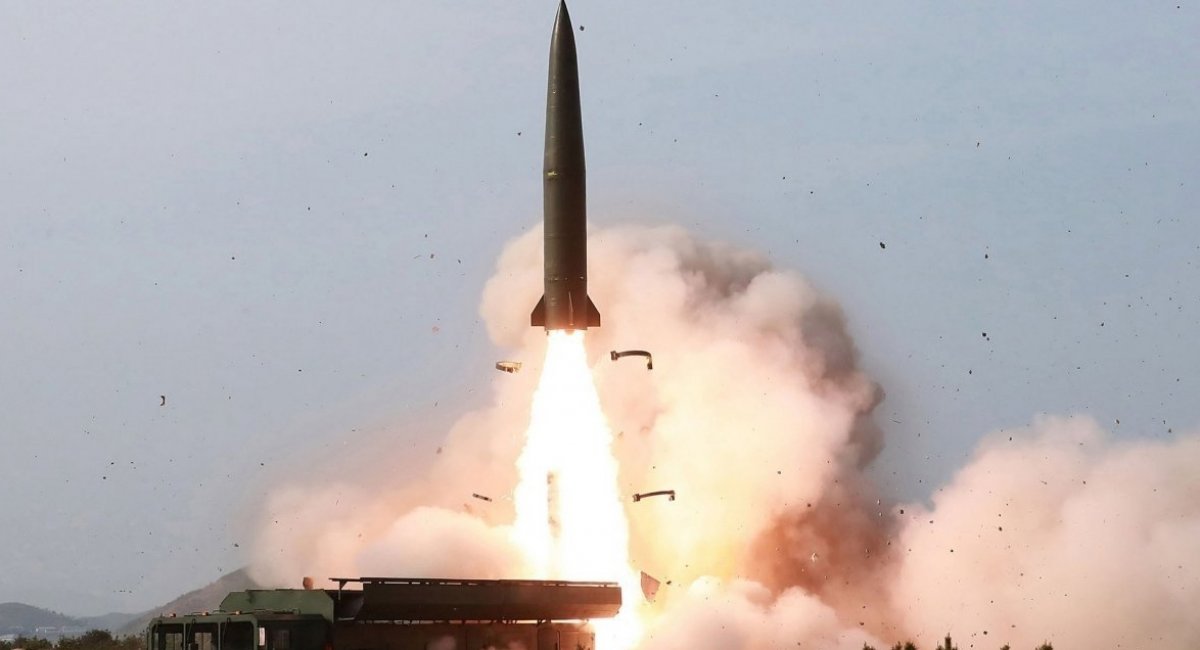
The main arsenal of nuclear munitions of the tactical segment belongs to the russian Aerospace Forces. According to SIPRI, there are 580 units overall: 10 units for the Kh-47M2 Kinzhal hypersonic air-launched missile, the rest 570 are for the Kh-55 and Kh-102 missiles. There are also about 500 free-falling nuclear bombs. Both strategic aircraft, such as T-160 and Tu-95 (russia has 17 and 60 of them, respectively) and such front-line aircraft as Su-24, Su-34, and Su-25 are capable of carrying nuclear weapons.

Let's focus separately on long-range bombers: Tu-160 carries 12 Kh-55’s or Kh-101 cruise missiles, Tu-95 carries 6 units of Kh-55. Russia’s air defense forces do not stand aside and have in their arsenals 290 nuclear warheads of ultra-low power (up to 0.1 kt) for anti-aircraft guided missiles of S-300 complexes. It’s not confirmed whether S-400 is equipped with this type of combat units.
What happens if they strike?
All the above-mentioned nuclear munitions have a power of 10 to 100kt (the 15-kiloton-bomb was dropped on Hiroshima).

Thus, when using a nuclear munition with a capacity of 10kt, everything in a circle with a radius of one and a half to two kilometers will be destroyed, in a radius of up to 3km we will have a zone of continuous destruction, 5km – severe destruction, 8km – significant destruction. Debris falls from the sky for about 15 minutes after the explosion and can cause radiation sickness and cause other significant health damage. In addition to destruction, a nuclear explosion will disable radio-electronic devices, but the main problem is radioactive contamination.
Where will they strike?
The units of the russian Armed Forces are not ready to act in conditions of radiation pollution, they are not equipped with basic means of protection, not to mention the ability to act in a unified armored combat formation and overcome radioactive contamination zones using on-board filter ventilation units of tanks and BMPs.
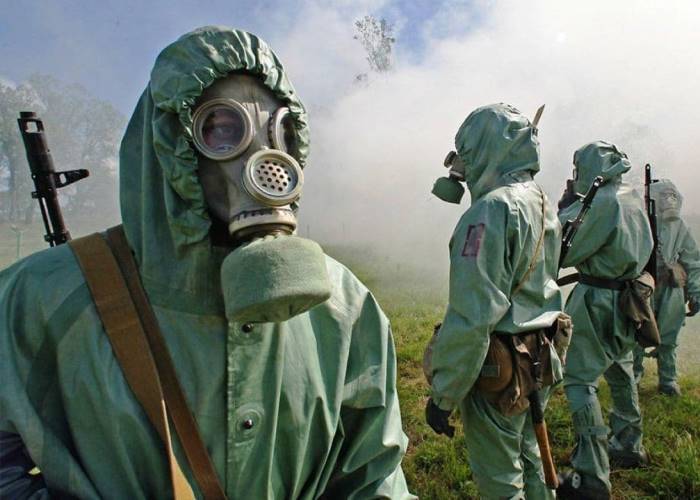
Another factor against the expediency of a strike on the front line is the rather static nature of the hostilities, which will force russians to equip new positions, if not in the affected area, then nearby. However, we remember russian infantry fortifying positions in the Red Forest of the exclusion zone. Not all people are good at perceiving certain physical phenomena.
The civil infrastructure remains as a target.
According to the way how the above-mentioned missiles have been applied in September, there is the following picture:
The Onyx missiles: due to the short range, a specific homing warhead that was designed to detect and target ships rather than land targets is unlikely to be used;
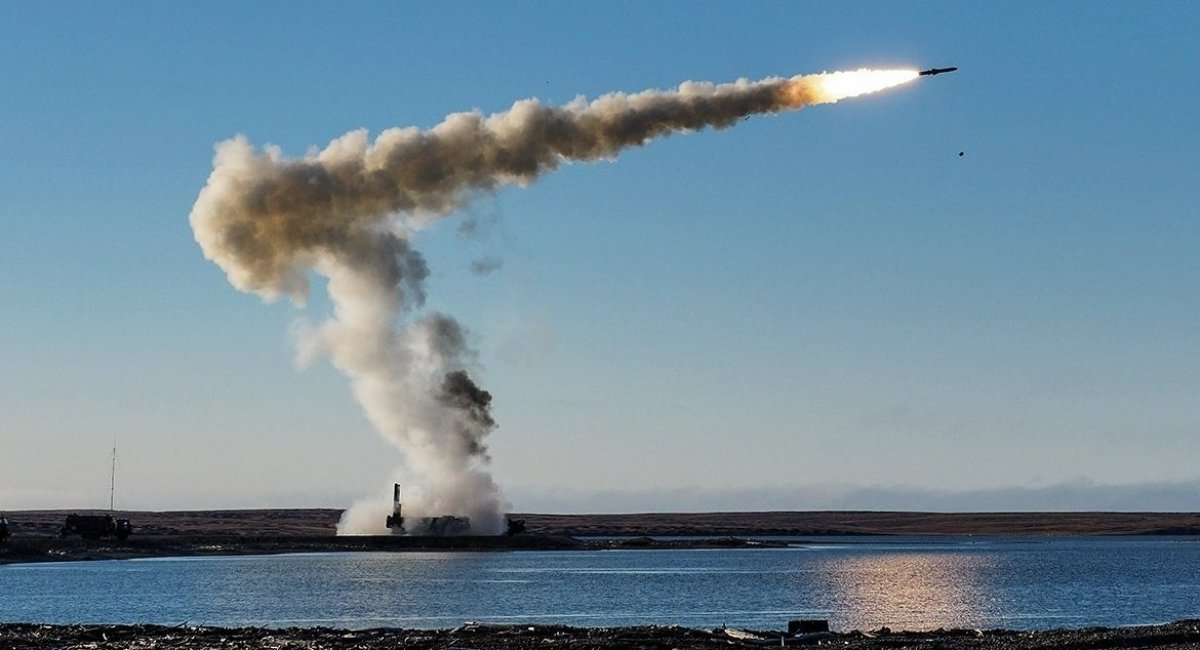
The Kh-59 missiles: this Soviet legacy is too old and unlikely to be applied either;
The 3m14 Kalibr: it is likely to be applied due to the firing range of up to 2,600km;
The 9m723 missiles: very likely, the firing range is up to 500km;
The Kh-101 missiles: very probably, as the firing range is up to 5,500km;
The Kh-22 missiles: they are unlikely to be seen in this role, as it’s the Soviet anti-ship legacy, almost an antique thing, although such missile can carry a nuclear warhead up to 1 megaton, its firing range is up to 600km;
The Kh-47M2 Kinzhal missiles: they are likely to be used, their the firing range is from 2,000 to 3,000km, depends on the type of aerial launch platform.
Thus, it should be considered the most likely that an attack on a large population of 25 thousand people outside the borders of Kharkiv, Donetsk, Luhansk, Zaporizhzhia, Kherson, Mykolaiv, Odesa Oblasts by an air carrier of missile weapons of the type Kh-101, Kh-55, Kh-47M2, as these cities have faced the most attacks overall.
Where is evil hiding?
Long-range aircraft that attack Ukraine with cruise missiles are based at Engels-2 Airfield (Saratov Region) and Shaykovka Airfield (Kaluga Region). The 121st, 184th, and 52nd heavy bomber regiments located there, respectively. But that’s too far for Ukraine to strike there.
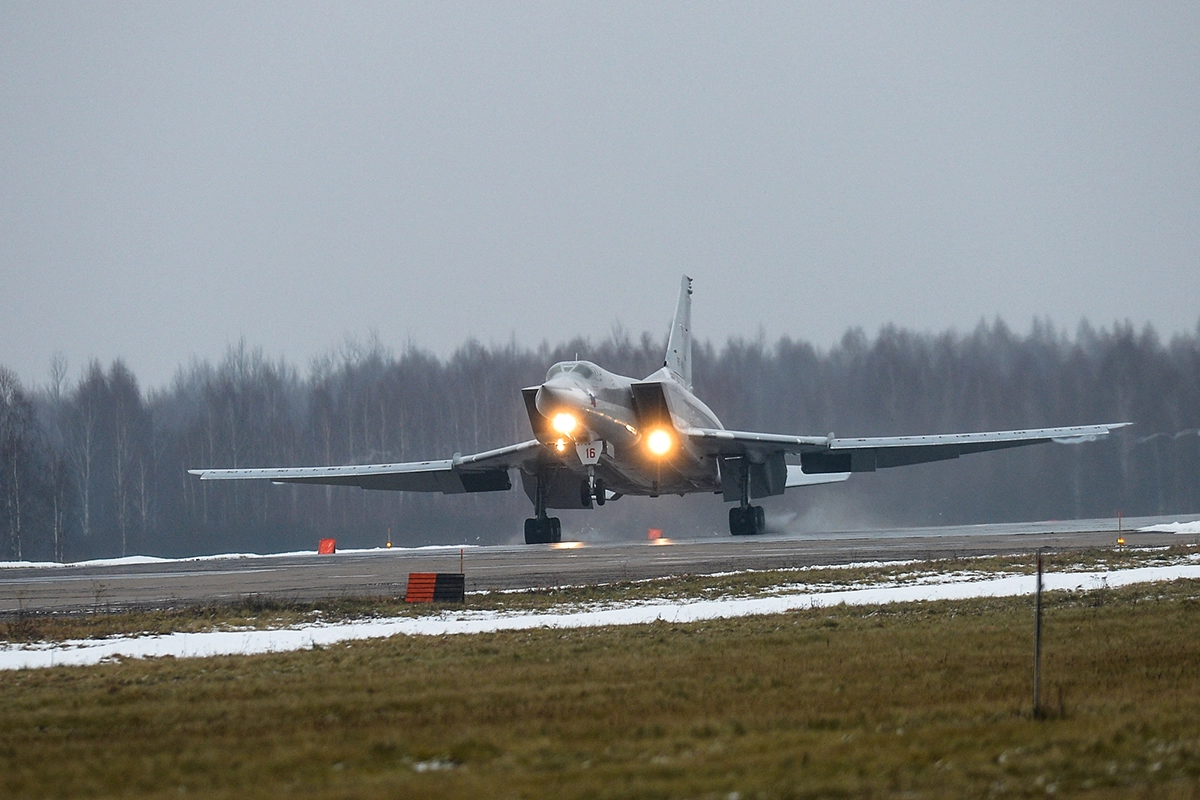
Today, there are seven Tu-95MS strategic bombers (equipped with 14 missiles) at the Engels-2 Airfield that are ready to use of Kh-101 air-based cruise missiles, and eight Tu-22M3 long-range bombers equipped with sixteen Kh-22’s at the Shaykovka Airfield.
A sedative pill
Former CIA Director General David Petraeus said the other day in an interview with ABC News: "Just to give you a hypothetical, we would respond by leading a NATO – a collective – effort that would take out every Russian conventional force that we can see and identify on the battlefield in Ukraine and also in Crimea and every ship in the Black Sea".
Viktor Kevlyuk, the expert from the Center for Defense Strategies
Read more: 226 days of the war russian casualties in Ukraine




